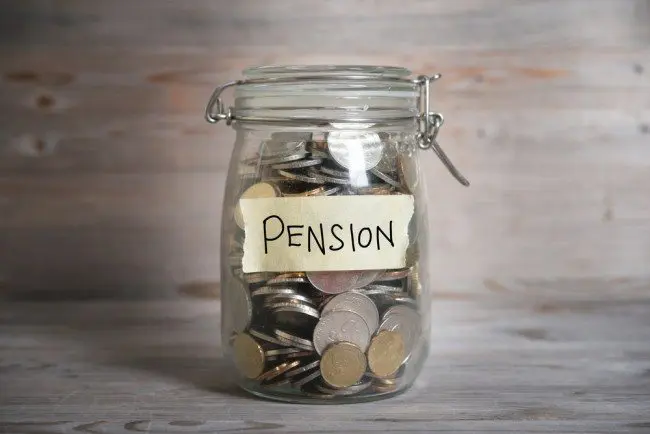The state pension is not the only source of money you can get after retirement. Private pension is another option for self-sufficiency. Let’s see what it is and how it works.
A private pension is a specific type of pension you can set up in order to have a secure income for your retirement. It’s an efficient method to have extra money aside from the state pension. It is a wide concept that includes both personal and workplace pensions. If you are already thinking about retirement and doing some math, you might want to consider this range of options in order to have a supplement to sustain yourself and your family after you stop working.
Workplace pension
Workplace pensions are defined contributions plans that are arranged by your employer. In this case, the company you work for chooses the provider that is going to manage the contributions, investing in the stock market or funds. The amount can vary and depends on the salary. The total value of your pension depends on the way the investments perform. Usually, getting closer to retirement age, the provider moves your money into lower risk schemes.
Personal pension
Personal pensions are similar to workplace pensions but in this case, it is you setting all up. It is a savings product you have the control over. You can choose to arrange regular contributions, monthly for instance, or a make a whole unique payment which will be the base of your future pension. Even if you may think it is not the time yet to think about it, the sooner you begin to get information and establish a plan, the more prepared you will be. You will have a better understanding and way better chances to live a more comfortable lifestyle after retirements by looking into it in advance. If you want to be informed about pensions, you can also consider to find out if your pension savings are on track, perhaps by seeking the advice of professionals who will surely have the necessary skills to help you.
Investments for the future
Everybody can open a personal pension, no matter if they already have one through your employer. Once you decide to open it, you can pick your provider and how much you’re going to contribute. The money you decide to put, will be invested in different assets, such as bonds, shares etc. The amount you are going to be receiving depends not just on how much you have put, but also on how your investments have performed and the charges you have been paying. Whenever you start a personal pension, you need to select among the funds available. These will change according to the risk you want to take with your money.
Pension providers or all by yourself?
As stated, being based on investments, there is an element of risk you might want to consider. The total value can either go high or low as well, with the possibility of getting less then you invested. For this reason, consider to get help from a professional is a valuable option. There are pension providers which will offer you different options and strategies, based on your overall economic situation and your attitude to risk.
Arranging your own personal pension
Nowadays, there is more flexibility and plenty of possibility to choose from, especially if compared with the past decades. You can arrange your own personal pension with an insurance company, a bank, a building society or unit trust. Once your plan is set you will start topping up the amount, creating the savings pot that will provide with a regular income in your retirement.
Early retirements and withdrawal from the pension pot
The whole amount you are able to save it’s usually available for most of private pensions. You may take the money following a regular income plan or different amounts whenever you need. Bear in mind, taking the whole pension pot implies that 75% of the money will be taxed, while the rest can be taken free of tax. For those ones who are thinking about an early retirement there are several pension schemes with flexible rules, that are suitable for every situation.


